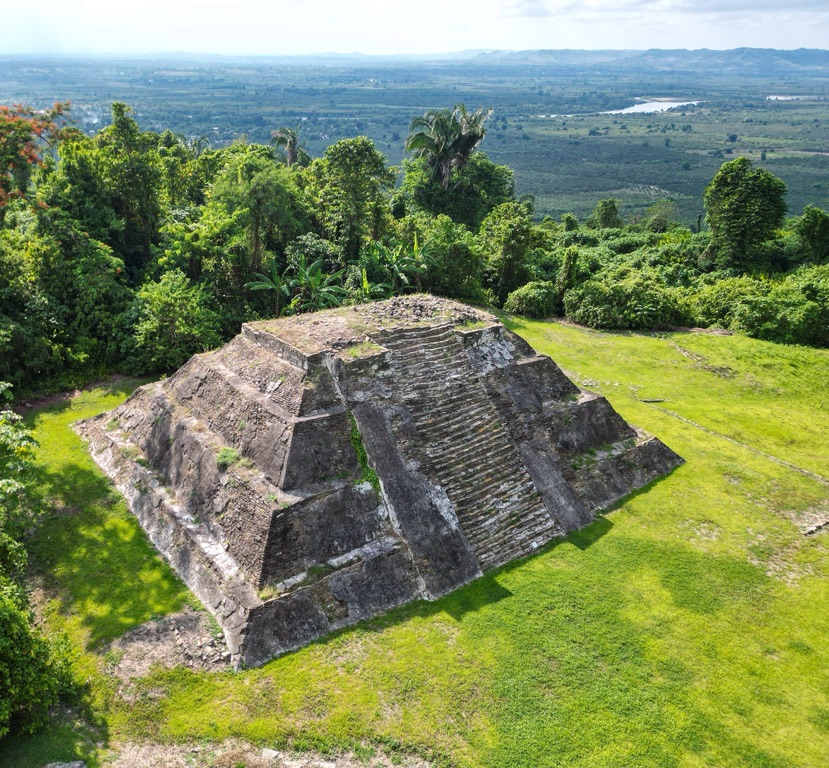Summary
Exploring Cuyuxquihui’s Origins
Nestled in the verdant landscapes of Veracruz, Mexico, Cuyuxquihui stands as a testament to the Totonac people’s ingenuity and culture. This pre-Columbian archaeological site, with roots possibly dating back to the 10th century AD, beckons history enthusiasts and tourists alike. It showcases the Totonac’s advanced urban planning. Visitors can wander through the remains of plazas, ceremonial centers, and ball courts. These structures mirror the community’s social order and their intricate connection with the Mesoamerican world. Cuyuxquihui thrives today not merely as ruins but as a bridge to a vibrant, ancient past.
Get your dose of History via Email
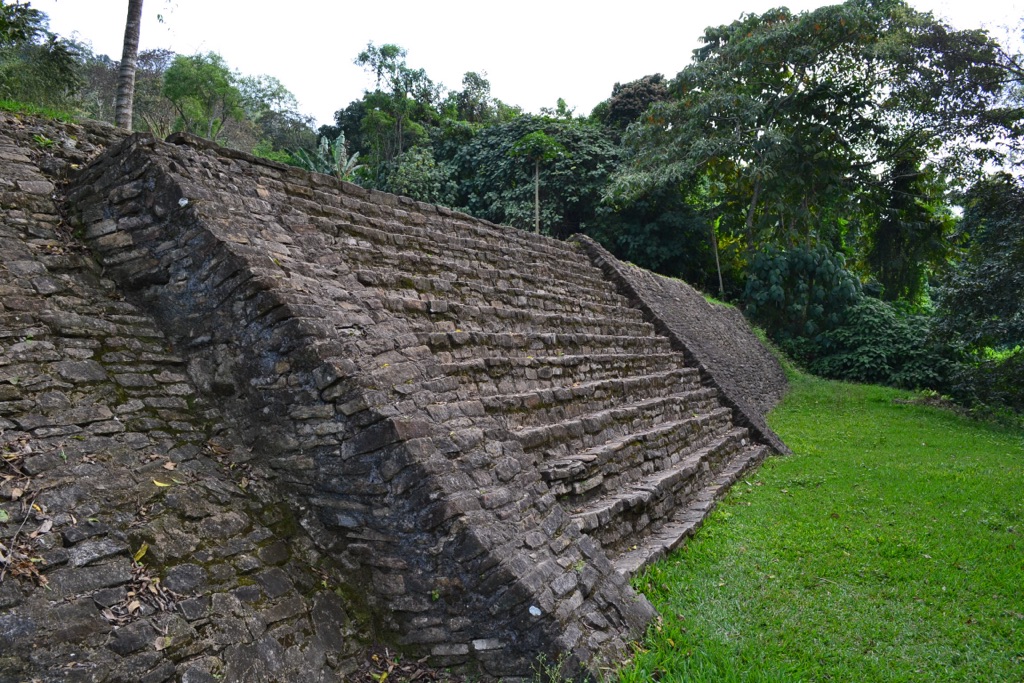
Unearthing Architectural Marvels
Each stone at Cuyuxquihui narrates a chunk of Mesoamerican history. The site’s distinct features include the Pyramid of the Niche, remarkable for its unique design and astronomical alignment. This iconic edifice stands as a focal point of Totonac architecture. Researchers and visitors marvel at the precision with which the Totonacs harnessed their knowledge of astronomy to serve both practical needs and spiritual beliefs. Cuyuxquihui’s layout, influencing later colonial architecture, demonstrates a cultural exchange that continues to pique scholarly curiosity around the world.
Cuyuxquihui Today: A Cultural Beacon
At present, Cuyuxquihui transcends its historical confines to be a cultural beacon. It illuminates the artistic achievements and worldviews of the Totonac people. The site has become an immersive experience, offering guided tours and educational programs. These initiatives aim to deepen visitors’ understanding of the Totonac’s contributions to Mesoamerican history. Efforts to preserve and promote Cuyuxquihui as a historical site also highlight the importance of protecting our global cultural heritage. For those looking to connect with the legacy of the Totonacs, Cuyuxquihui is an unmatched destination.
Historical Background of Cuyuxquihui
Cuyuxquihui, a name as intriguing as its history, finds its roots deep in the heart of Veracruz, Mexico. This ancient site, believed to have been built during the Classic and Postclassic periods, bears witness to the Totonac civilization’s opulence. Researchers have estimated its establishment around the 10th or 11th centuries, a period that saw the flourishing of arts, architecture, and urban development in the Totonac society. Today, Cuyuxquihui offers a mystical journey back in time to enthusiasts and scholars of Mesoamerican cultures.
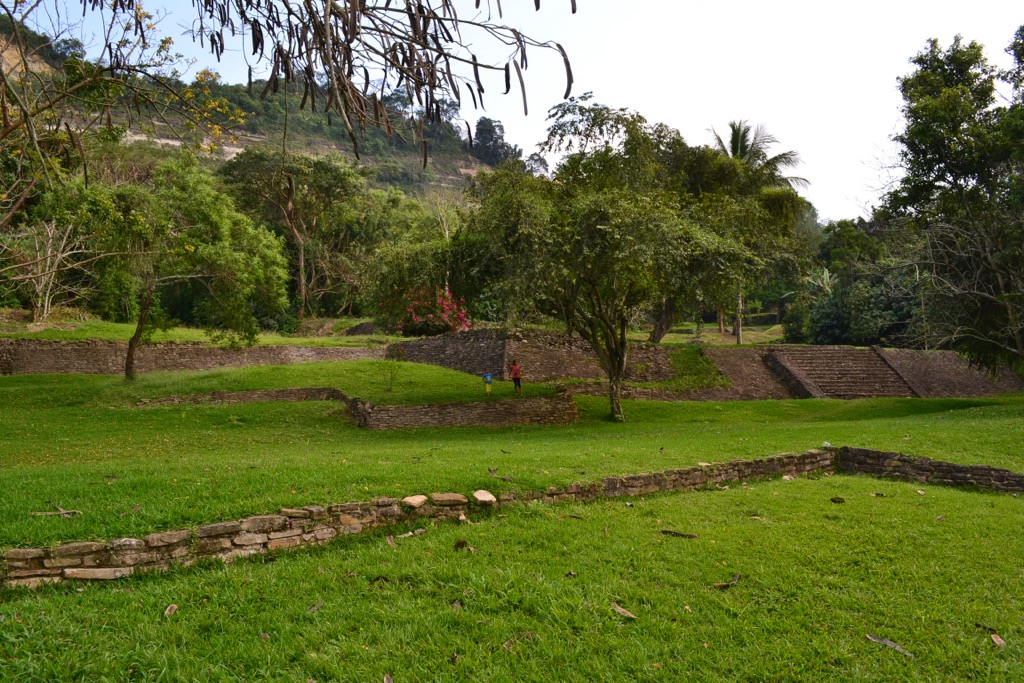
The Totonac Legacy
Delving into Cuyuxquihui’s past brings the remarkable Totonac people into the limelight. Known for their advanced cultural achievements, the Totonacs built Cuyuxquihui with a sophisticated sense of urban design. The city’s strategic layout, dominated by ceremonial centers and residential compounds, highlights their architectural prowess. Furthermore, the site’s grandiose structures reflect the societal hierarchy and the centrality of religious rituals in their community life. The legacy left behind in Cuyuxquihui’s ruins paints a vivid picture of this once powerful civilization.
Unlocking Architectural Wonders
Among Cuyuxquihui’s myriad marvels, the Pyramid of the Niche stands as an architectural gem. The pyramid, with its distinctive niches and geometrical finesse, exemplifies the Totonacs’ mastery of engineering and astronomical understanding. It is believed that the pyramid was aligned to celestial events, such as equinoxes, underscoring the cultural importance of astronomy in Totonac society. Visitors and historians alike are drawn to this feature, which serves as a testament to the site’s historical and scientific significance.
Preserving History for the Future
While Cuyuxquihui whispers tales of the past, it also underscores the pressing need for preservation of such historical treasures. As an emblem of the Totonac’s intellectual and cultural achievements, Cuyuxquihui faces threats from natural erosion and human neglect. Efforts to safeguard and study this site continue, aiming to protect these invaluable insights into pre-Columbian life. For those who venture to this locale, Cuyuxquihui serves as a poignant reminder of the rich history that shaped the modern landscape.
In conclusion, Cuyuxquihui serves as a crucial piece in the jigsaw of Mesoamerican history, offering insights into the Totonac people’s way of life, beliefs, and ingenuity. Standing amidst its ruins, one is not merely a spectator but a participant in a historical narrative that continues to captivate the imagination. Cuyuxquihui invites all to step back in time and experience the echoes of a remarkable civilization that once thrived on the fertile lands of Veracruz.
The Discovery of Cuyuxquihui
Unveiling the Ancient City
In the lush terrain of what is now modern Veracruz, the remnants of Cuyuxquihui lay hidden for centuries. Dense jungle and time veiled this once bustling Totonac city from the eyes of the world. It wasn’t until local stories and subtle ruins hinted at the grandeur past, that the site’s revelation began. Aided by such tales, intrepid explorers and archeologists initiated painstaking excavations. They gradually uncovered the city’s vestiges, revealing to the world the splendor of Cuyuxquihui.
Early Excavations
The formal discovery of Cuyuxquihui dates back to the early 20th century. At that time, Mexican archeologists began systematic studies into the area’s history. They diligently mapped the city’s layout and began unearthing its majestic structures. With each layer of soil removed, the story of the Totonac people gained more clarity. The city’s strategic importance and cultural vibrancy began to emerge through studies of its ball courts, ceremonial sites, and intricate stone carvings.
The Role of Local Knowledge
Local inhabitants played a crucial role in the discovery of Cuyuxquihui. Their lore and guidance provided vital clues to the archeologists and historians. They shared legends of ancient gods and rulers that once dominated the land. Without their input, some of Cuyuxquihui’s deepest secrets might still lie underground. The synthesis of local oral traditions and scholarly research painted a more complete picture of the city’s impressive heritage.
Since its discovery, Cuyuxquihui has become a focal point for understanding pre-Columbian Mexico. Ongoing research endeavors seek to unravel more about the Totonac society’s daily life, beliefs, and decline. Each new finding not only enriches our knowledge but also breathes life into Cuyuxquihui’s silent stones. The world now watches as the tale of this ancient city continues to unfurl through dedicated archeological work.
Today, Cuyuxquihui stands as not only a testament to the Totonac’s advanced civilization but also as a symbol of discovery and renewal. The site inspires both scholars and visitors, united by a fascination with the unknown and a respect for history. Cuyuxquihui’s discovery journey underscores the importance of exploring our past to understand ourselves and our shared human story.
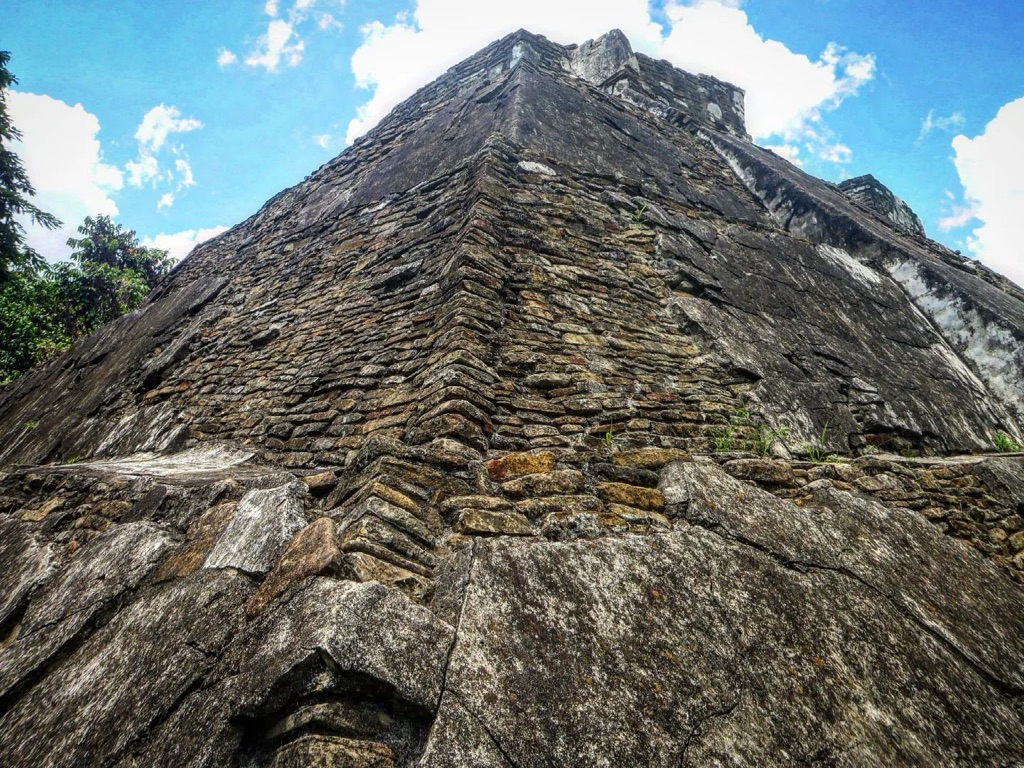
Cultural Significance, Dating methods, Theories and Interpretations
The Heart of Totonac Culture
Cuyuxquihui is more than an archaeological site; it’s a cultural beacon. It reflects the essence of the Totonac people, known for their artistic, architectural, and spiritual fervor. Ballcourts, temples, and plazas tell us how the Totonacs lived. They show us their social structures, beliefs, and the way they celebrated life. This site allows us to glimpse the societal fabric of a civilization that thrived centuries ago. The cultural significance of Cuyuxquihui serves as a vital link to understanding pre-Hispanic history in Mesoamerica.
Chronicle of Stones: Unlocking Ages
Dating the grandeur of Cuyuxquihui has been a complex endeavor. Archeologists employ a mix of relative and absolute dating methods to piece together the site’s timeline. By studying soil layers and artifacts, they uncover the sequence of Cuyuxquihui’s construction and occupation. Carbon dating of organic materials found onsite provides more precise age estimates. These scientific techniques help pinpoint the rise and fall of Totonac influence in the region. Effective dating is key to revealing the true narrative threaded within Cuyuxquihui’s stony silence.
Theories and Interpretations: In Search of Meaning
Despite advances in archeological methods, Cuyuxquihui still holds many secrets. Scholars propose various theories regarding the site’s purpose. Some suggest it was a religious sanctuary, others a political center. The presence of intricate carvings and alignments with celestial events hints at its spiritual importance. Meanwhile, differences in building styles and materials across the site invite debate about the evolution of Totonac society. These interpretations remain open to discussion, driving ongoing research and exploration.
The role of Cuyuxquihui in regional trade is yet another angle experts are keen to explore. Evidence suggests it was part of a broader trade network. The distribution of goods and cultural exchange within this network offers a lens to view the economic history of the area. The site’s location, artifacts, and architectural features provide clues to its interaction with neighboring cultures. Unraveling these trade patterns adds depth to our understanding of Mesoamerican economies.
Lastly, the study of Cuyuxquihui is not static; it evolves with each discovery. The theories and interpretations that emerge enrich our knowledge of the past. They challenge us to think critically about the legacies we inherit. By exploring sites like Cuyuxquihui, we not only honor the Totonac’s achievements but also keep their history alive for future generations.
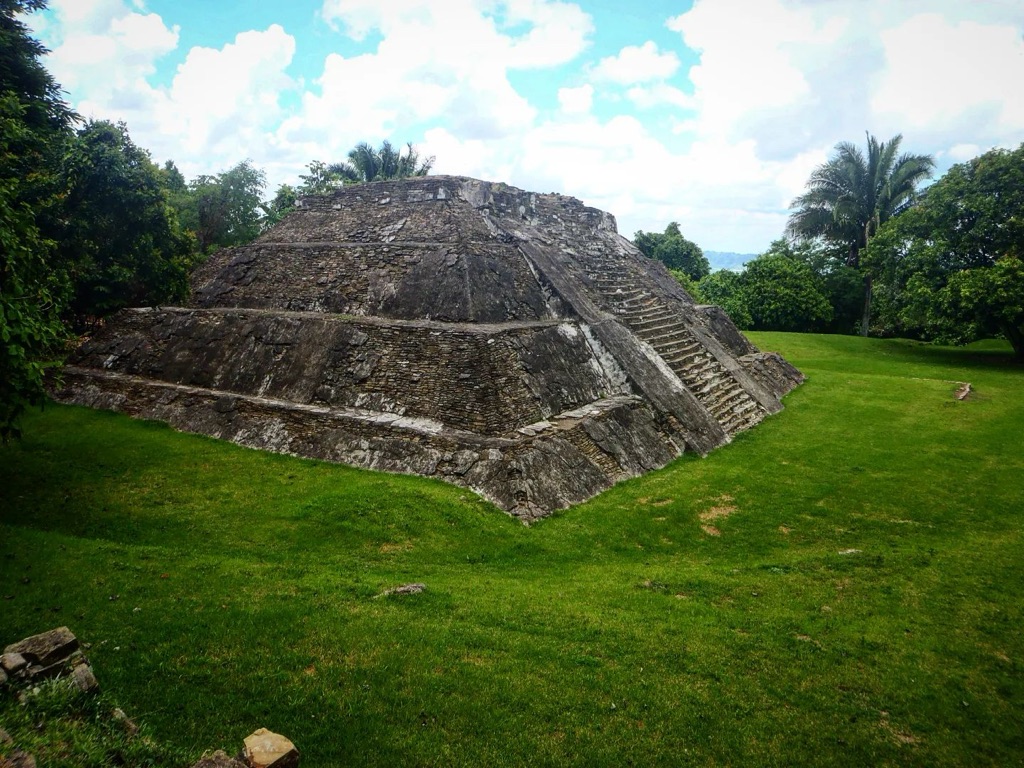
Conclusion and Sources
In scrutinizing the historic ruins of Cuyuxquihui, we have journeyed through the echoes of a once-vibrant Totonac civilization. This archaeological site serves as a doorway to our understanding of a complex society that excelled in architecture, spirituality, and social organization. While much of its past is gleaned from the enduring structures and artifacts, continued research and discovery are vital in fully appreciating its legacy. In honoring this ancient city, we not only memorialize the Totonac people but also enrich our collective history.
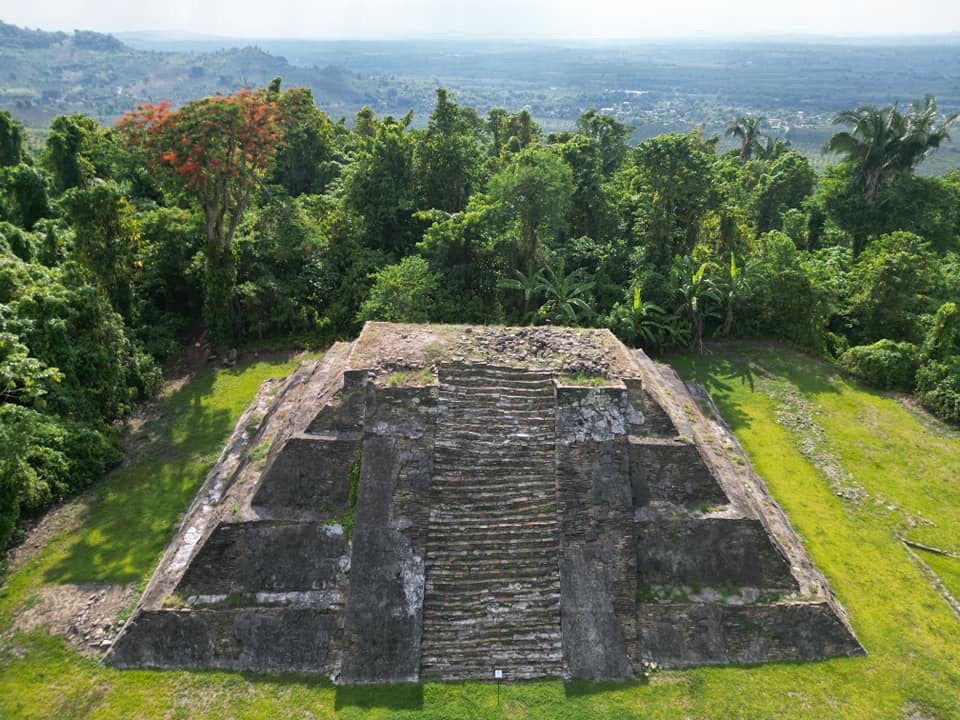
For further reading and to validate the information presented in this article, the following sources are recommended:
Or you can check any of these reputable archaeological and historical texts:
Davies, N. (1982). The Ancient Kingdoms of Mexico. Penguin Books.
Healy, P. F. (1989). Archaeology of the Central Lowlands, Mexico: Issues and Strategies. Foundation for the Advancement of Mesoamerican Studies, Inc.
Smith, M. E. (2002). The Totonacs, Aztecs, and the Lower Gulf Coast: Ancient Cultural Interactions. Cambridge University Press.
Stark, B. L., & Arnold, P. J., III. (1997). Olmec to Aztec: Settlement Patterns in the Ancient Gulf Lowlands. University of Arizona Press.
Wilkinson, R. G. (1991). Archaeological Survey in the Lower Grijalva-Usumacinta Region, Mexico. Institute for Mesoamerican Studies, University at Albany, SUNY.

